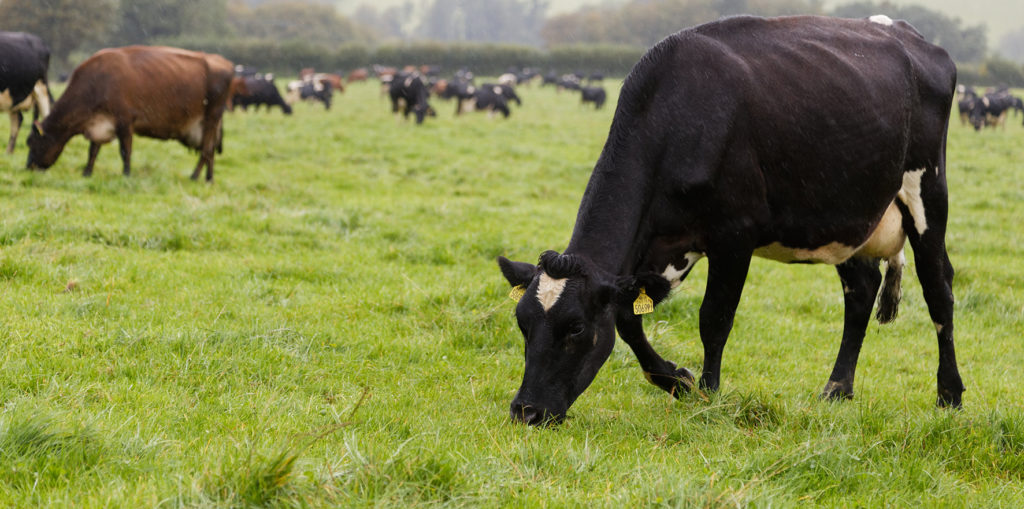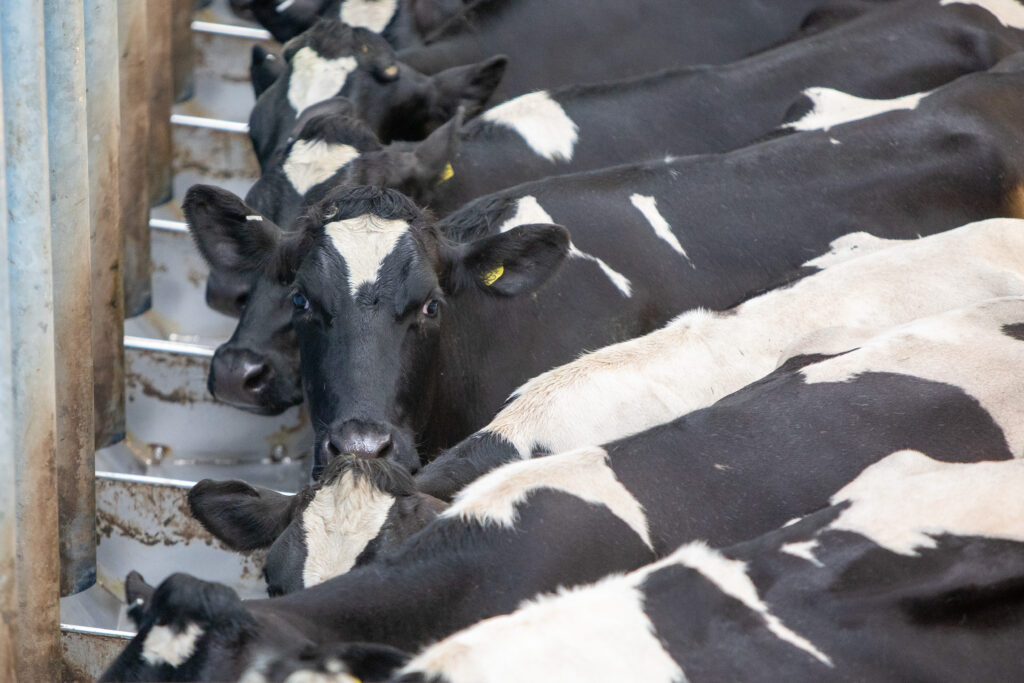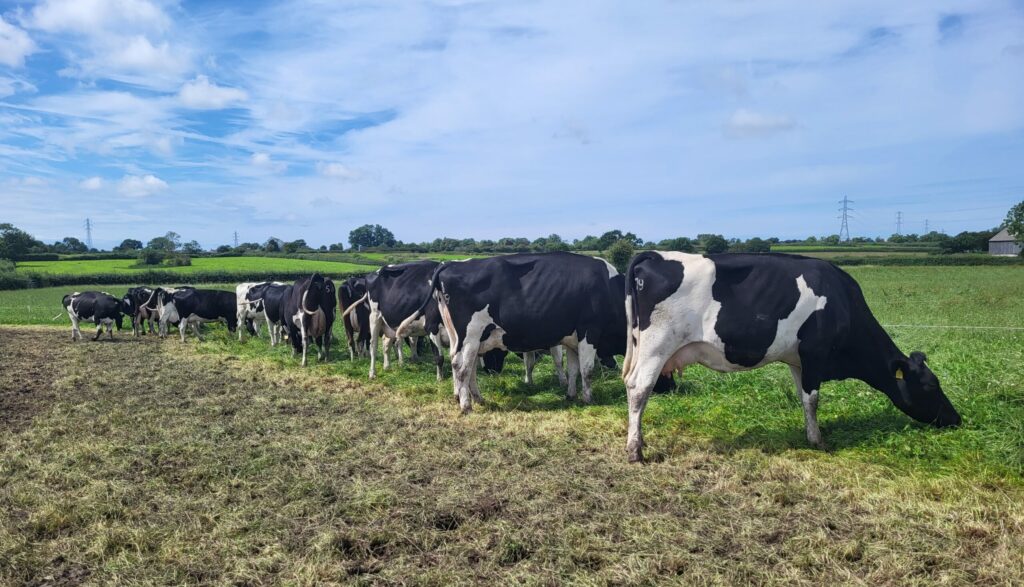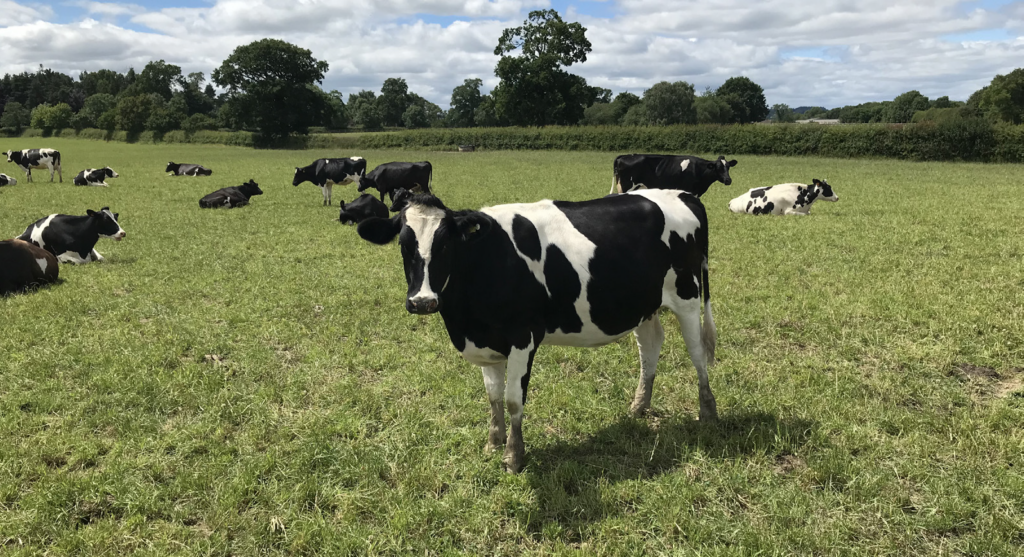Many of us will have commenced our last grazing rotation around the farm. The final rotation is your last chance to set your farm up for a successful early turnout next year. Recent fresh grass samples have analysed this autumn’s well managed pasture to be 11.5 – 12ME and in excess of 20% protein. This demonstrates that late season grazing is still a highly valuable and cheap source of feed. Those who have managed to build up a healthy wedge of extra grass can now gradually graze it off into late autumn as the grass growth slows.
The predominant limiting factor for grass growth currently is daylight hours, and soil temperature will also be starting to have an impact. For some, waterlogging may be also having a negative effect. The goal is to match this slowing leaf emergence rate with the final grazing rotation.

A long last rotation is crucial for maintaining a wedge of grass to carry through into spring. It maximises the potential growth through late autumn and winter by ensuring parts of the farm are growing 2nd and 3rd leaves. Depending on housing date, the last rotation should be somewhere between 45 – 60 days, with housing at night and grazing during the day commonly used during this last rotation to reduce demand on grass.
Add slurry as a cheap nutrient
This is a useful time to apply some slurry to your grazing area by following the stock as each paddock is finished on the last round. This provides cheap nutrient at a time of year when it will still do some good as grass will still be actively growing.
Solid residuals (as always) drive grass quality. Ideally grazing down to 3.5 – 4cm (as close to 1500 kgDM/ha as possible) will set grass up well for the winter. High levels of dead matter left at the base of the sward will be at the greatest risk of spoiling across the winter months, rotting down to a brown sludgy mess. A 2800 kgDM/ha cover will comfortably carry through to spring if it was grazed out well on the last rotation.
As the round slows and grass supply drops, supplements like silage will need to replace grass. In many cases this will change stock behaviour and can result in poor grass utilisation. Balancing with the right quantity of supplement with the quantity of grass available on each daily area allocation will help ensure residuals are met. The use of temporary electric fencing to help allocation of area on a long rotation will create the grazing pressure needed to further assist with residuals.
Monitoring average farm cover dropping through the last rotation is the best way to ensure you’re protecting some grass for the spring. Managing average cover below 2000 kgDM/ha will limit growth and delay spring turn out.
Regardless of your current grass situation it’s not too late to instigate a grazing plan to ensure a jump start on next year. For specific advice on how to achieve this get in touch with me on 07717 732324 or email bjowsey@liceurope.com.



